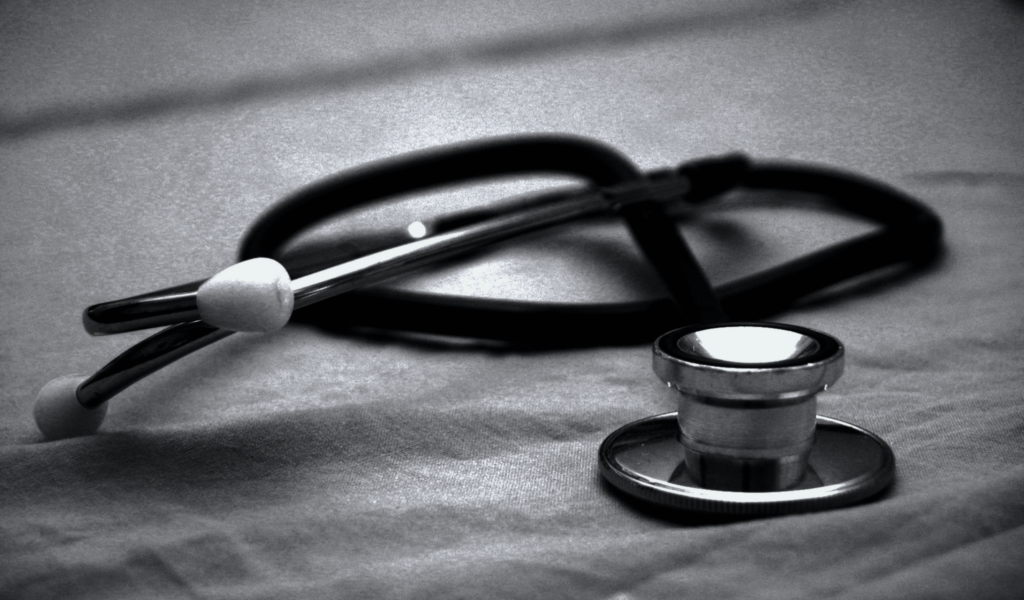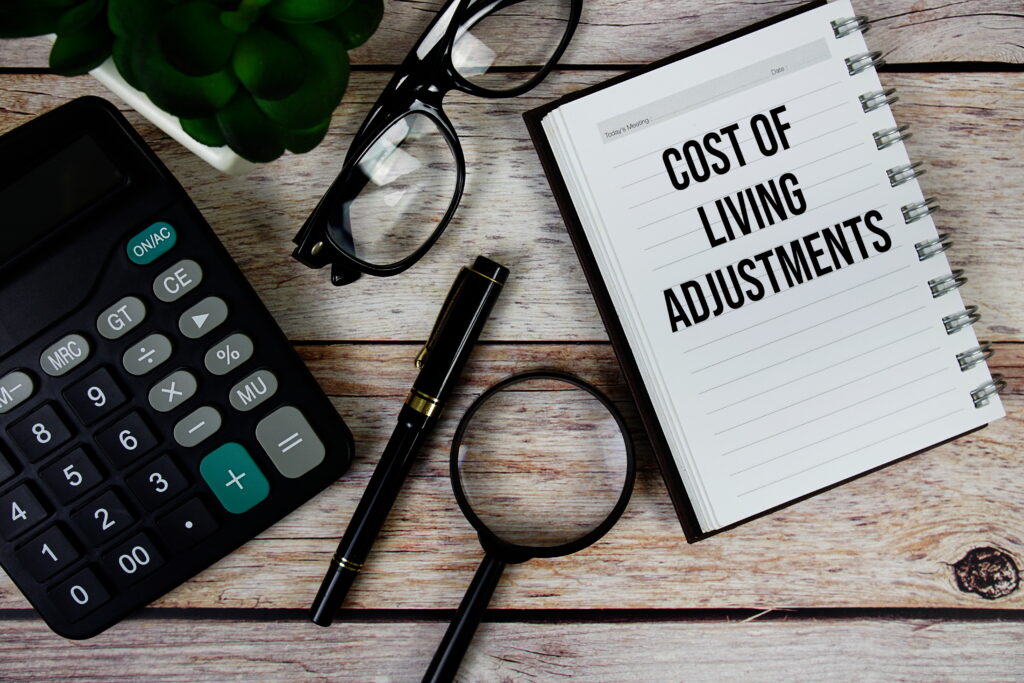In the second week of March, we surveyed a group of Brigit users to find out how many of you have health insurance. We found out that about 16% of our users don’t have any health insurance, 65% had insurance from their employer. If you recently lost your coverage due to a layoff or cut in hours, you might be wondering what you’re going to do about your health insurance. This blog will cover all your health coverage options.
A result from Brigit User Survey conducted Mid-March
Even before COVID-19, there were already millions of people living without health insurance. The coronavirus pandemic means it’s more important than ever to have some level of health coverage. Although, the recently-passed Families First Coronavirus Response Act made testing for the virus-free for all Americans, with or without insurance. The cost and coverage of treatment for COVID-19 is a different story.
Lost Employment and Employer-Sponsored Health Insurance
If you were insured under your employer’s health insurance you can continue your health coverage through the Consolidated Omnibus Budget Reconciliation Act (COBRA). With COBRA you have the option to continue the same health insurance coverage you had under your employer, but you will have to pay the costs your employer used to cover. The coverage can last for up to 18 to 36 months. However, COBRA coverage is typically very expensive. The premium that you will pay is completely dependent on the employer’s negotiated group rate with an added 2% fee.
If you have a high-deductible plan and health savings account, or HSA, you can use those funds to pay for COBRA premiums and for your medical costs. If you have a Flexible Savings Account or FSA, you can only use those funds for medical costs.
Lost Employment and Uninsured
Many people choose to be uninsured due to the high cost of insurance. Only certain options may be affordable depending on your financial situation. But any level of coverage will help protect you and your wallet down the line. Let’s look at all the available options.
Join your family’s or spouse’s insurance plan or buy an individual plan
Although this option may not be available to everyone. If you lost your job and health insurance, that qualifying life event might allow them to add you to their health insurance as a dependent. You should consider enrolling in your family’s insurance plan if you’re under 26 as you can receive coverage only until you’re 26.
You have 30 to 60 days to sign up after a qualifying life event before the special enrollment period closes. Open enrollment typically runs from November to January, depending on your state. But due to COVID-19, some states are reopening their enrollment period. That means you can enroll in insurance and buy a plan even if you haven’t experienced a qualifying life event.
Most states operate through the federal marketplace at Healthcare.gov. Few states that operate their own health exchange have the authority to reopen the enrollment period. If you live in one of these states, please check your state’s healthcare websites to find out more about the coronavirus deadline extensions. You can also use this tool to calculate an estimate of premiums based on your income, age, and family size. Here’s the list of states with their associated deadlines as of Apr 30th.
- California: Tue, Jun 30
- Colorado: Thu, Apr 30
- District of Columbia: No deadline announced
- Maryland: Wed, Jun 15
- Massachusetts: Mon, May 25
- Nevada: Wed, May 15
- New York: Fri, May 15
- Rhode Island: Thu, Apr 30
- Washington: Fri, May 8
Check if you qualify for Medicaid or CHIP
There is no enrollment period for Medicaid or CHIP. You can sign up at any time as long as you’re eligible based on your income. In some states, you will qualify if you make less than 133% of the federal poverty level. In other states, you will qualify if you make less and are also pregnant, elderly, disabled, or a caretaker of a child. Check this website provides links to each states’ Medicaid website.
Medicaid and CHIP Coronavirus testing will be covered for no cost under the Families First Coronavirus Response Act, are required to cover the COVID-19 test, the visit to the physician office, clinic, or hospital where the test was administered at no cost.
Check community care and hospital charity care programs
If you don’t have health insurance and need to receive emergency care, some hospitals have charity care programs for those that can’t afford the cost of treatment.
Some community health centers will provide free- or low-cost care through collaboration with the Health Resources and Services Administration (HRSA). If you have minor illnesses. You should use this tool to help you find HRSA funded health centers.
If paying for health insurance is not an option
Check these options to save and lower the cost of healthcare:
- Check payment options
When you call the doctor’s office to ask about pricing, make sure to ask if the provider offers discounts. Some healthcare providers will offer a discount when paying in cash and/or paying in full at the time of service. You should ask about interest-free payment plans if you’re unable to pay for the healthcare you need.
- Use telemedicine services
A very popular and affordable option as you don’t need to have insurance to use them. The cost depends on what type of care you’re seeking and these services typically start at $20. Options like the GoodRx Telehealth Marketplace can help set you up with a phone or video visit with a healthcare provider.










